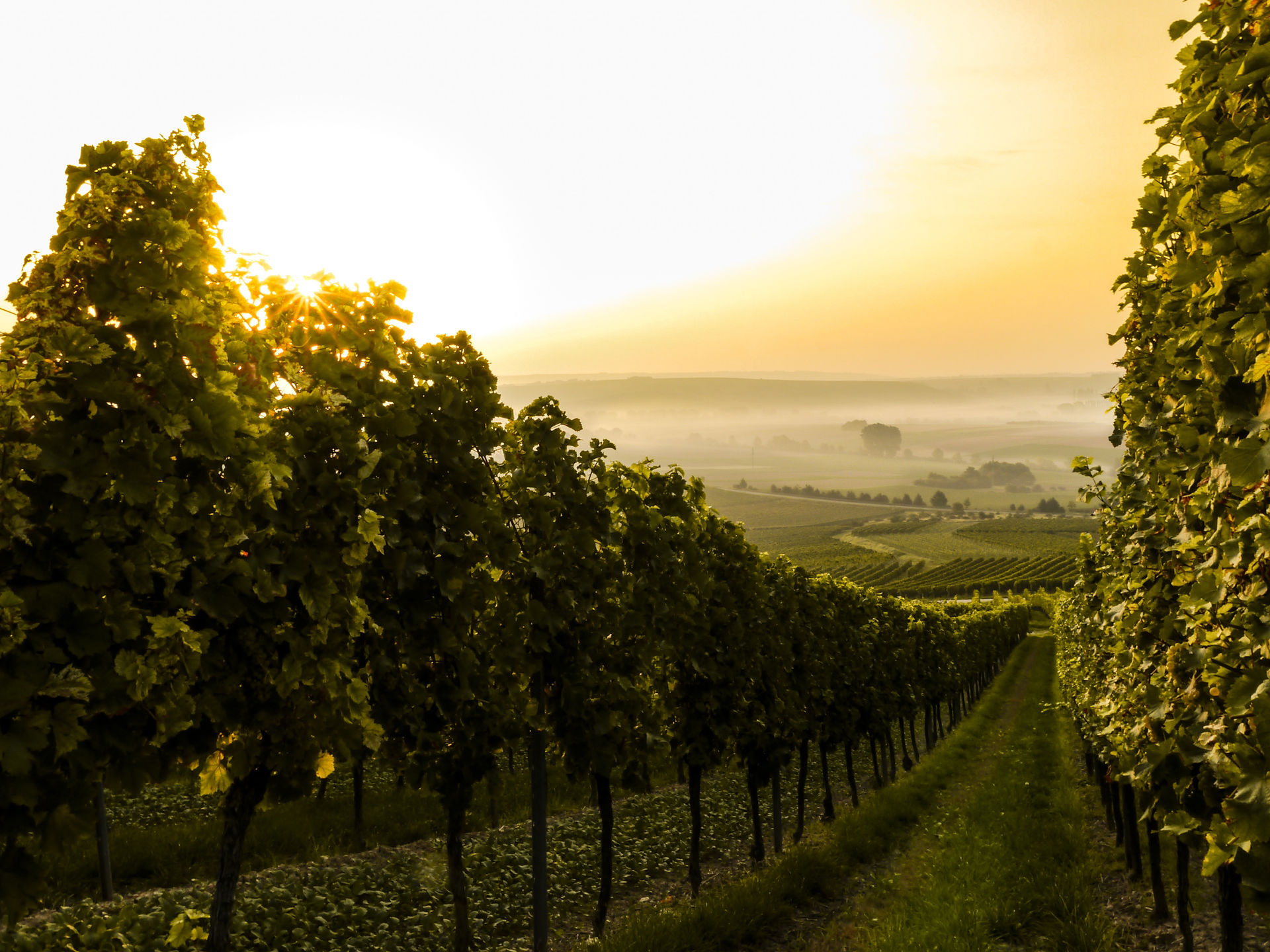Discover Champagne (Pt.1): History and Appellation
- Deanna Lowe

- Oct 25, 2022
- 4 min read
Updated: Dec 5, 2022
Why is Champagne brut? How is Champagne and sparkling wine not the same? Why is Champagne expensive? Get answers to your burning questions here.

Champagne is the most fascinating wine to learn about and here’s why. Obviously, I am a bit biased since I have visited the Champagne region, but Champagne has such a unique winemaking process and interesting history that made this wine variety one of the top known and enjoyed worldwide. First, Champagne is one of the only wine varieties that is made in non-vintages, meaning many vintages are blended to create a consistent taste and texture every time you buy it. Second, the Champagne AOC is one of the strongest wine appellations in the world with tight regulations and quality control. An example of how much quality matters to Champagne is that the average wine you buy has around a 3% chance of it being corked, whereas Champagne has less than 1% chance of being corked. Lastly, Champagne's history celebrates ambitious and intelligent female leaders, specifically widows. You may have wondered “what does all this mean?” Well, if you got to this point, keep reading cause I’m about to tell you.
History and The Power of Widows
Traditionally, making wine could only be done by monks. In the Champagne region, some monks became prestigious cellar masters. You know the brand Dom Pérignon? Dom Pérignon was one of the cellar masters who invented the second fermentation of Champagne in the winemaking process and received status as the inventor of Champagne. Over time, especially after the French Revolution, the catholic church progressively lost power over its community. In the 18th century, regular people started making their Champagne and building Champagne houses. With the rise in popularity of drinking Champagne from the influence of French and English royals, the first major Champagne houses started popping up including Ruinart, Moet & Chandon, and Tattinger.
The first widow to gain control of a Champagne house was Madame Cliquot, who invented the riddling system – which is used after the second fermentation when Champagne bottles are slotted in an angle in a board with holes and slowly rotated to ensure the sediment moves to the neck of the bottle and later disgorged.
In the 19th century. women, specifically widows, became key people to innovations in Champagne, as well as the growth of the region and market. At the time, women weren’t allowed to run businesses unless they were widows. The first widow to gain control of a Champagne house was Madame Cliquot, who invented the riddling system – which is used after the second fermentation when Champagne bottles are slotted in an angle in a board with holes and slowly rotated to ensure the sediment moves to the neck of the bottle and later disgorged. This system is still used today in the Champagne winemaking process. She also made Veuve Cliquot champagne stand out against its competitors when she changed the bottle design to be a taller, more elegant bottle and made the label orange to make it more noticeable and unique. Madame Cliquot’s innovation and business acumen made Veuve Cliquot champagne rise above its male-run competitors. Another widow who was a pioneer of Champagne was Madame Pommery, who invented brut-style Champagne. At the time, Champagne was sweet and considered a dessert wine. After Madame Pommery started producing brut Champagne which could be enjoyed more often than as a dessert, many Champagne houses started following suit. Now, brut Champagne is the most common style. That’s a little history of how Champagne became so popular and how widows lead innovations of Champagne.

Importance of the Appellation

If there is one thing that you remember from this blog post, I need you to remember this. I find that some North American consumers use the terms “champagne” and “sparkling wine” interchangeably, but they’re not the same thing. Champagne is NOT sparkling wine, it’s a type of sparkling wine. One of the reasons for this is the phenomenon of appellations. An appellation is a geographical area that has laws and regulations that govern how wine is grown and made in that region. Ultimately, this gives wineries in those regions the right to name their wine after that region and add a special designation on their label, as long as they follow their laws (read more about appellations here). You’ll find that old-world wine countries typically name their wines after the regions they’re grown in such as Bordeaux or Rioja. Appellations ensure that wines produced in that region are of a certain standard of quality and follow specific protocols.
Champagne is NOT sparkling wine, it’s a type of sparkling wine.
The Champagne AOC (Appellation d'Origine Controlée) does a lot of inspections on Champagnes to ensure their wine carries a certain standard of quality, which in essence is how they’ve built a strong name and brand. Some of their requirements include using the traditional method to make Champagne and harvesting their grapes by hand as machine harvesting is banned. The regulations are so tight that there’s even a Champagne committee that tastes every Champagne being released each year to ensure these wines have the level of quality and taste they should have before they are considered Champagne. As well, the word Champagne is trademarked and only to be used for wines made in the Champagne region in France. This trademark is upheld in 70 countries worldwide. So, the next time you buy Champagne and compare its hefty price tag to a sparkling wine made in BC, remember that you get what you’re paying for.








Comments